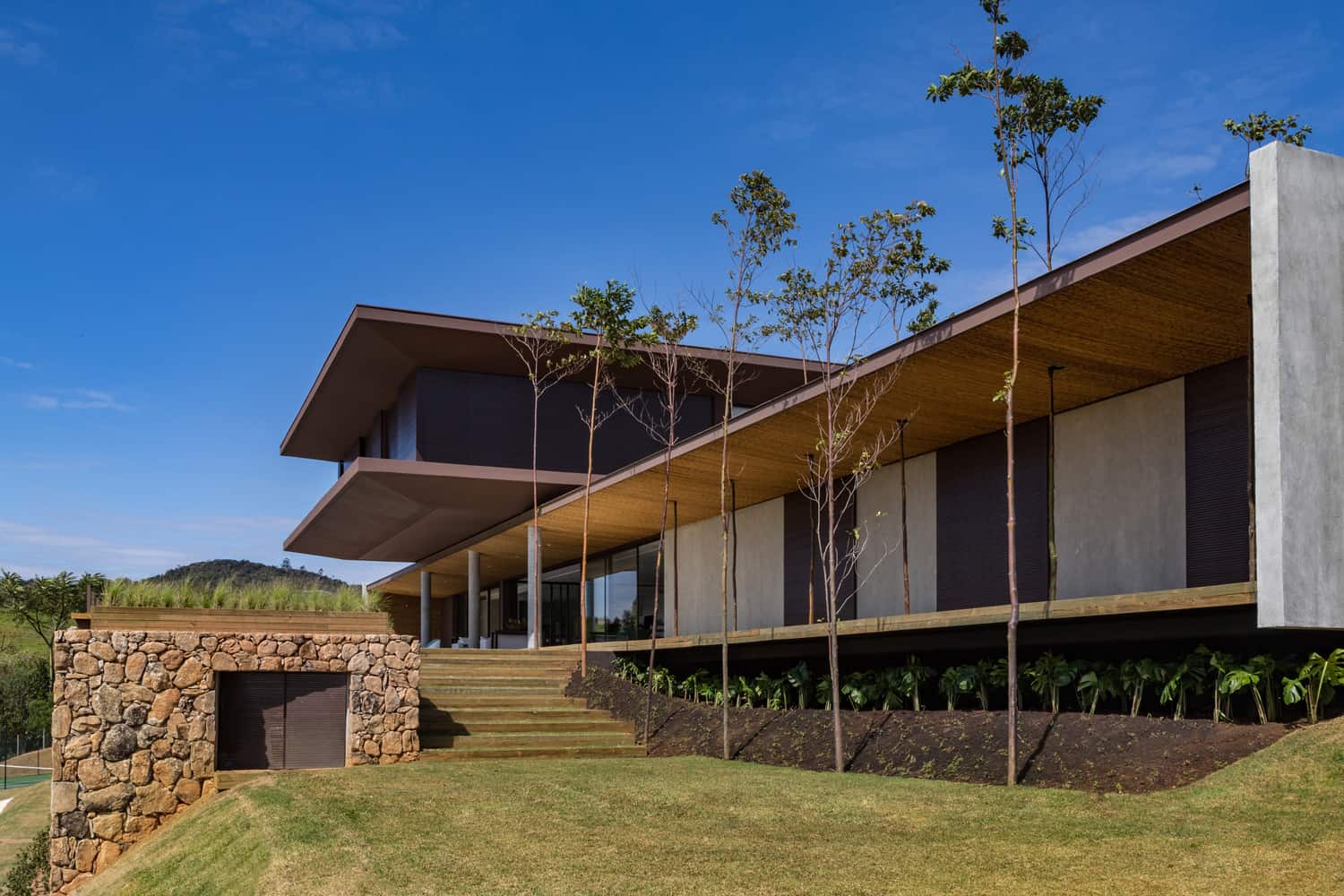The 90-degree angle is hard to find in nature, but it appears to be a default in architecture. This is likely because it simplifies the task of constructing and arranging objects like floors and walls.
According to the principles of the plumb-bob, the right angle has rightfully gained its prominence, largely due to gravity. Alejandro Aravena's Innovation Centre at the University of Chile in Santiago Metropolitan is a striking demonstration of the effectiveness of the 90-degree angle.
Back to the 90-degree angle, in nature, it is a difficult feat to achieve. A building with such crisp corners may appear in contrast with nature. So what's the point here? Should we avoid designing with right angles because they are not natural?
Architecture itself is not natural, so why should it always mimic nature? Even the archaic rock enclaves and tree houses were man-made alterations to form habitable spaces. Alterations. This is why the contrast between a rectilinear building design and the organic flow of nature is a point of interest, like in the Innovation Centre.
This institutional building responds to the client’s expectation of having an innovation center with a “contemporary look.” Forming a simple composition takes the basic addition and subtraction principles into play. Such simplicity has created an opaque facade that adds to its celebrated sophistication. Of course, the issue of monotony comes up. Where are the vibrance and color that suit campus life well?
Considering the local desert climate conditions, high thermal massing helps to prevent heat gain. The necessary fenestrations visible on the facade are deliberately recessed. They are graciously sized and placed to maximize natural lighting and cross ventilation.
In relation to the human scale, this mammoth structure starts from a smaller scale of blocks from the ground and rises to substantial sizes on higher floors. Standing 11 stories high, it demands attention and respect yet still comes across as brutalist.
The voids on the facade are not close to pigeon holes but are fenestrations spanning several floors at a time. These floors comprise a "matrix" of formal and informal meeting areas and workspaces designed to encourage interactions between the various occupants. The building faces inwards, with an open atrium at its core. A sneak peek into its interiors makes it look alive.
Alejandro Aravena accomplished a design guided by strict geometry and a strong monolithic character in search of a contemporary look. Perhaps it being void of culture and being introverted makes it such a commanding feature on the campus. Its simplicity makes it a monumental piece.
Explore more architectural wonders like the University At Buffalo School Of Architecture And Planning.
Project Information
Architects: Alejandro Aravena | ELEMENTAL
Location: Vicuña Mackenna 4860, Macul, Santiago Metropolitan Region, Chile
Project: TeamAlejandro Aravena, Juan CerdaCollaboratorsSamuel Gonçalves, Cristián Irarrázaval, Álvaro Ascoz, Natalie Ramirez, Christian Lavista, Suyin Chia, Pedro Hoffmann
Area: 8176.0 Square Meters
Project
Year: 2014
Photography: ELEMENTAL | Nina Vidic, Nico Saieh













